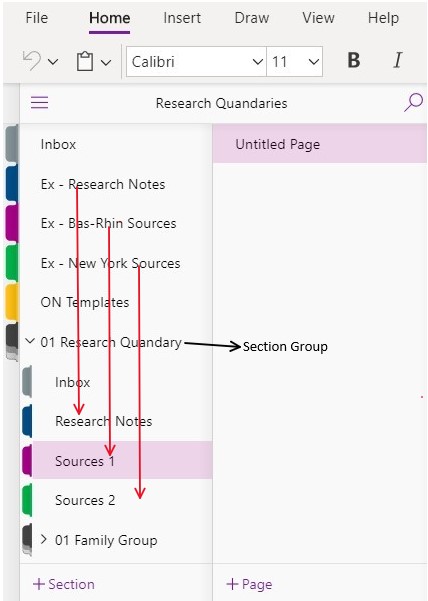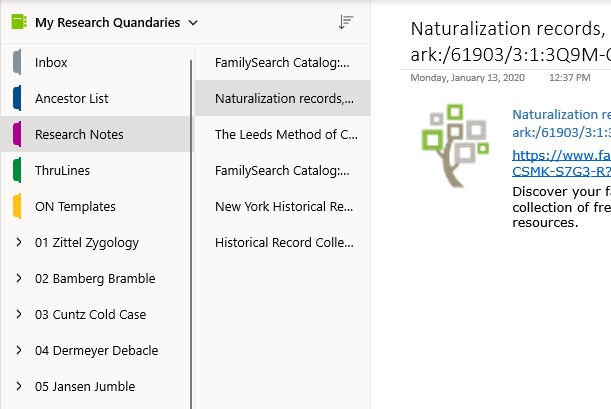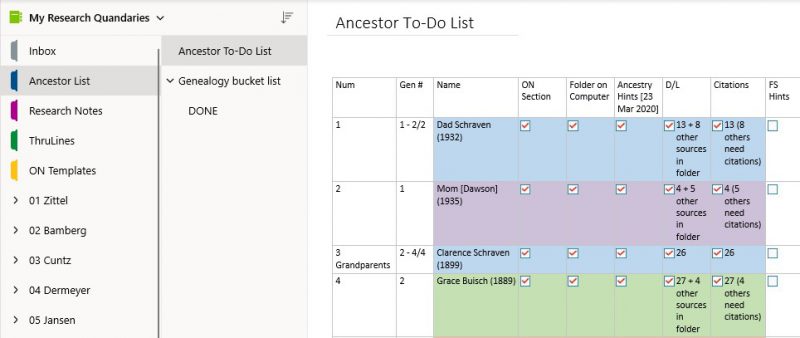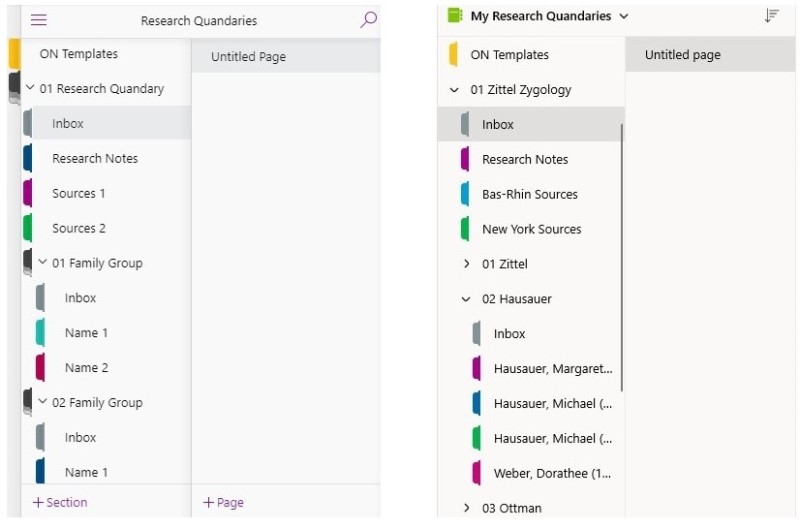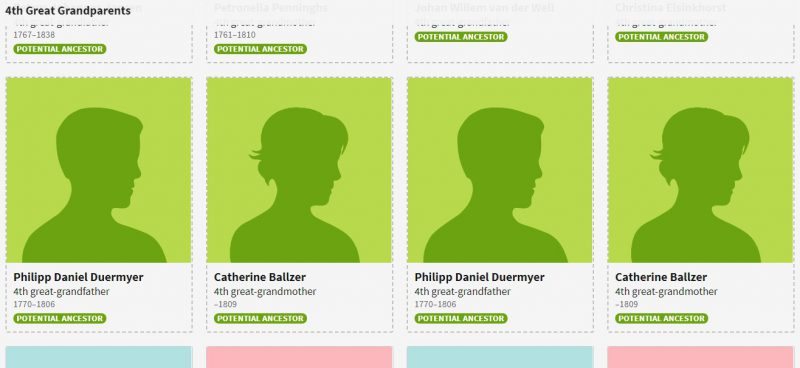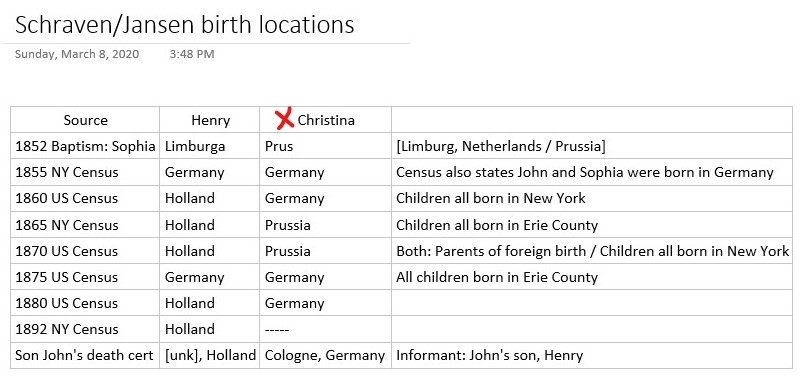There is much in my life that I am grateful for — family, friends, everyone’s health and the fact that at least one person in all five of my family’s households currently has an income. But during this stressful time of uncertainty, I need to do more to keep my mind occupied with something rather than letting it drift. My mind wants to take the easy way out from all the news stories — getting lost in the latest book by a favorite author or binge-watching Netflix. I want to be a little more productive than I have been for the last five years, you know? I have my little patio garden. I have my gazillion quilting projects. However, when I’m working out a genealogical puzzle, it occupies my mind even when I’m not actively researching. The puzzle sits there taking up space in my brain. Even when I’m not actively engaged in researching the puzzle, ideas pop in and out, I make notes and plans, I research some more and on it goes, helping me steer clear of the disturbing and dire dirge in the news and fruitless fretting.
About a year ago in March or April, I received a message at Ancestry from a DNA match wanting to know if I knew anything about her direct ancestor, Jacob Zittel. At the time, there was no way I could focus enough to work out how we might be related through our Zittel lines. It was one thing to occasionally go online and check through Ancestry hints and attach a few sources here and there. But to do focused research over several days, sifting though sources and their details to make sense of the clues? Not happening. My caregiver duties were overwhelming me.
Towards the end of 2019, things were settling down more and more in my caregiver roles, so I started to spend a little more time on family history. In the last six months, these are some of the genealogical things that have happened that I am grateful for:
- In November 2019, I had a breakthrough when I found an indexed record for the baptism of the sister of my great-grandfather, Henry G. Buisch. It names her parents, including her mother’s maiden name. I already knew the maiden name, but it was further proof that Margaret was Henry’s older sister and a Buisch, not a Bamberg. This is the only record I have for her existence except for an occasional census entry where she is enumerated as either Margaret Buisch or Margaret Bamberg. The church record was indexed and went online in October 2019. (There may have been a genealogical happy dance that was executed on that day…) I am grateful to the indexers.
- In December, I heard from another Bamberg researcher who had copies of death certificates for Henry’s mom and step-father. The Bamberg Bramble is still under investigation and is going to take some time to sort out, but it was nice of my cousin to share his sources with me to further that research. I am grateful.
- In February 2020, I decided to look into the Jacob Zittel inquiry from my DNA CousinB that was still sitting in my message inbox on Ancestry. I figured it would be fairly easy to find some New York records for Jacob. The Zittels are from Cleebourg in the Alsace region of France and I wanted to try to my hand at looking at French records online at the Bas-Rhin Archives as well. My searches were largely successful (we still don’t have Jacob’s death date) and I complied a bunch of sources for Jacob and his family. I am grateful there are records online in far off places.
- After I sent all I had found about the Jacob Zittels — Senior and Junior — to CousinB in mid-February, I woke up the next morning with an epiphany on how to proceed to figure out where in France my Buisch line (3x-great-grandparents) came from. I planned to use the information about another Buisch line that settled in New York that my line didn’t connect to but perhaps they did in France. (Why hadn’t I thought of this before?) The unseen genealogical-powers-that-be must have decided I’d earned enough points helping CousinB with the Zittels to warrant a double brickwall breakthrough. I not only found out where in France they were from, but managed to find a marriage record that gave me my 3x-great-grandmother’s maiden name and the bride and groom’s parents’ names. (There was definitely a genealogical happy dance executed on that day!)
- Several days after I ecstatically typed in the maiden name of my 3x-great-grandmother at Ancestry, another DNA cousin (CousinTS) got in touch with me. He had copies from a series of books available on film in their entirety only in several places; the Family History Library in Salt Lake City being the main one. CousinTS shared his copies with me that included details that took my 3x-great-grandmother’s paternal line back four(!!) more generations. And again, I am grateful.
One last thing… don’t give up hope that your DNA matches may never respond to queries. They just might surprise you someday out of the blue.
Until next time,
~Erin
